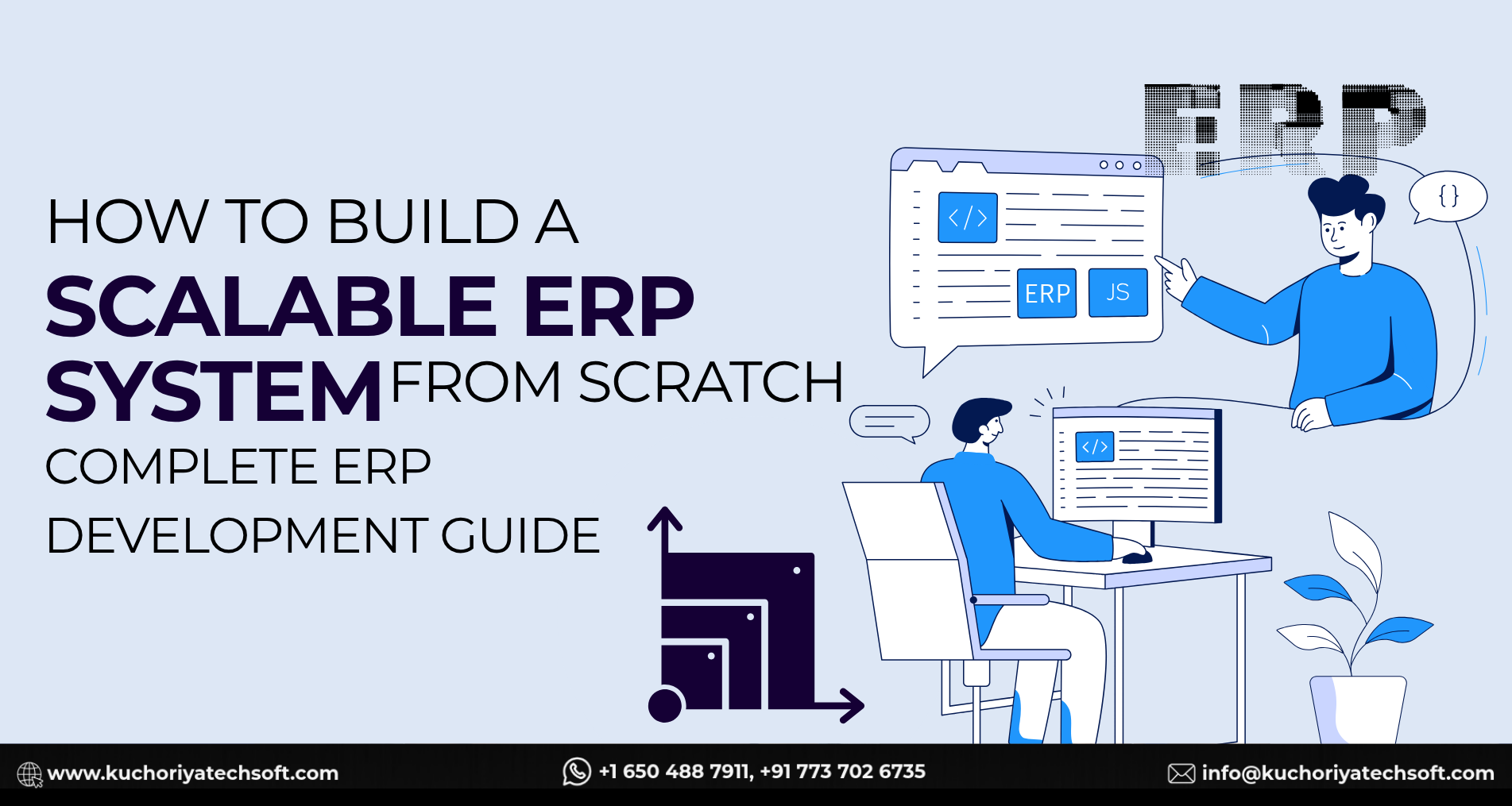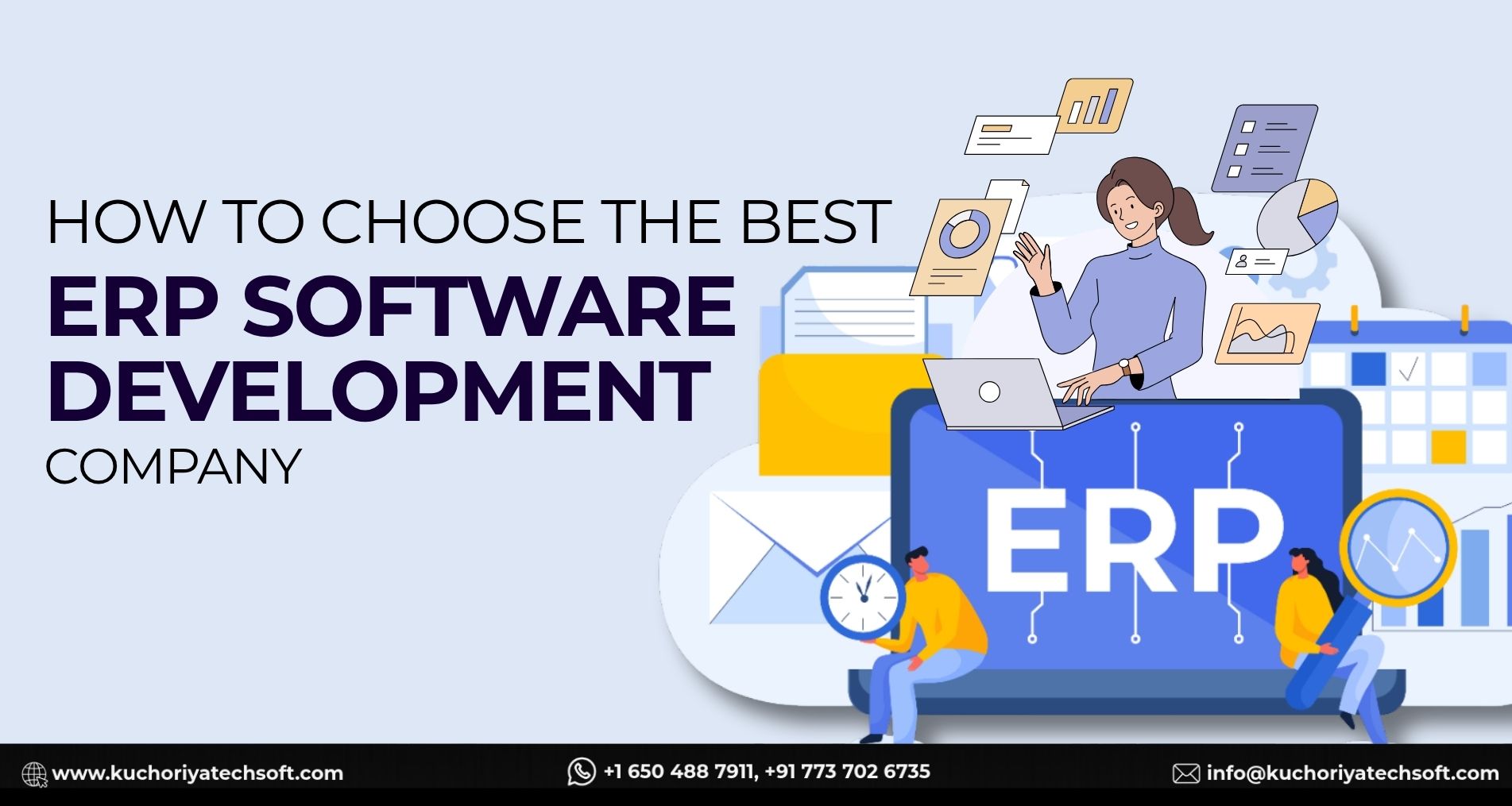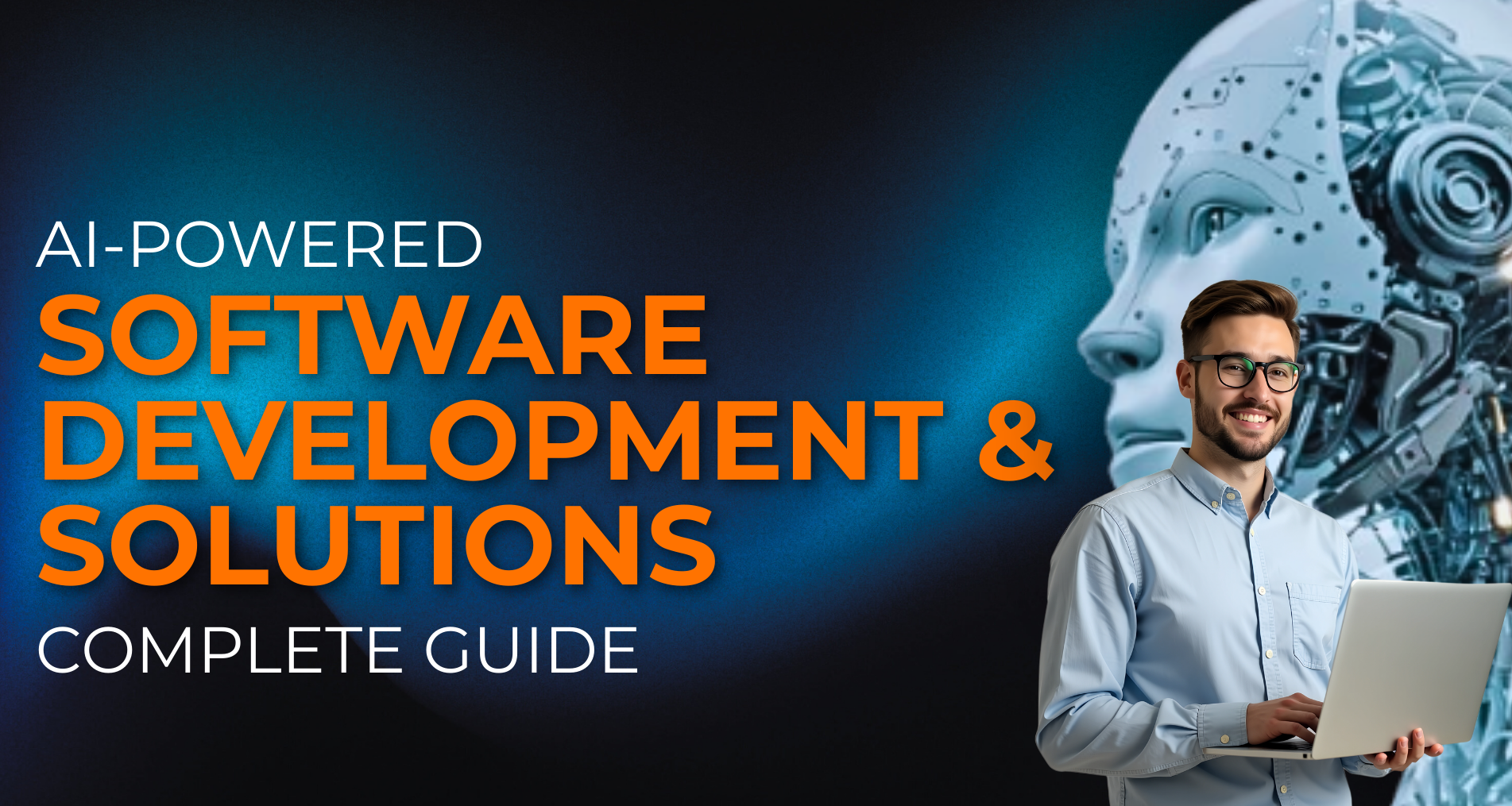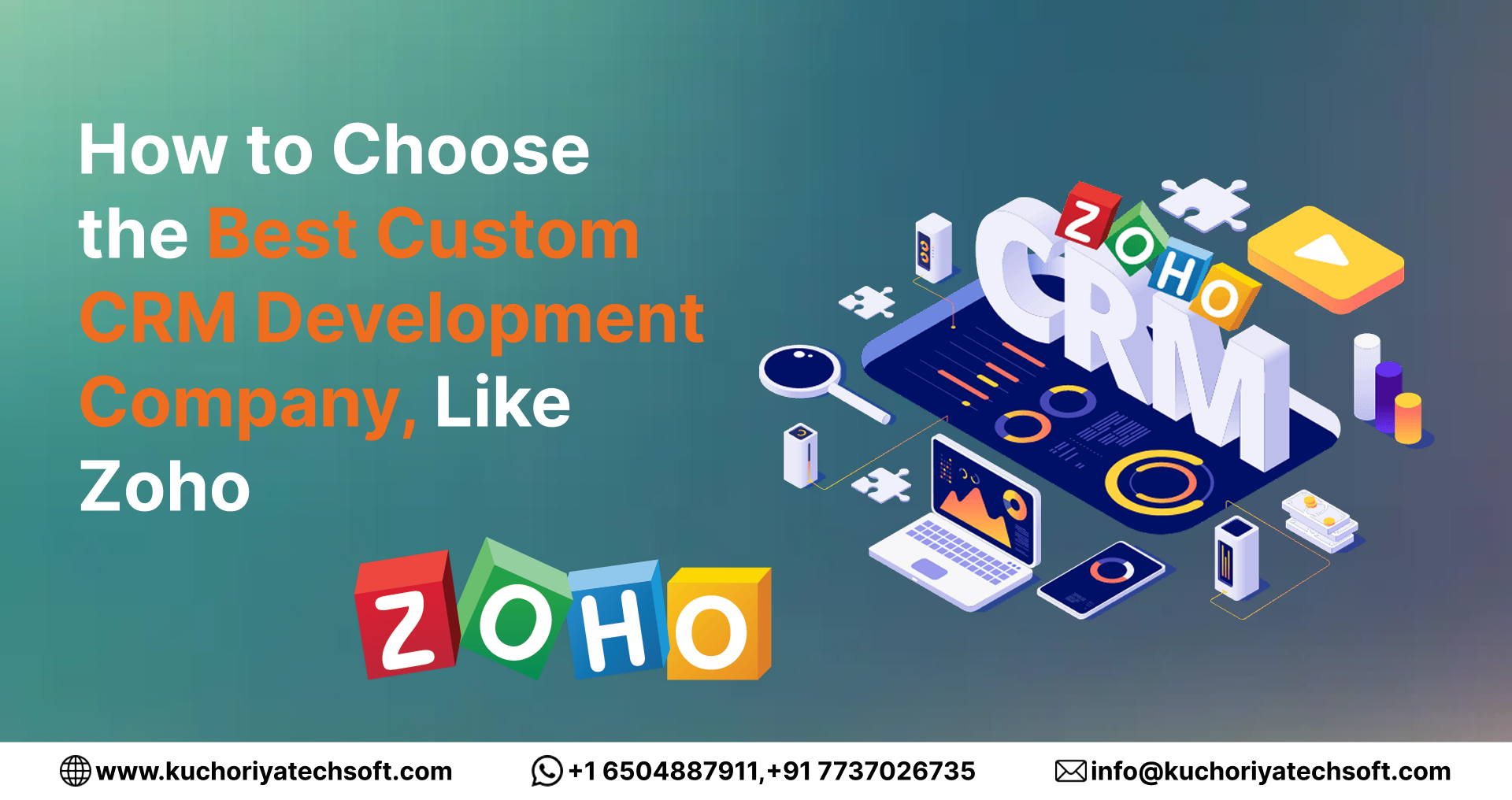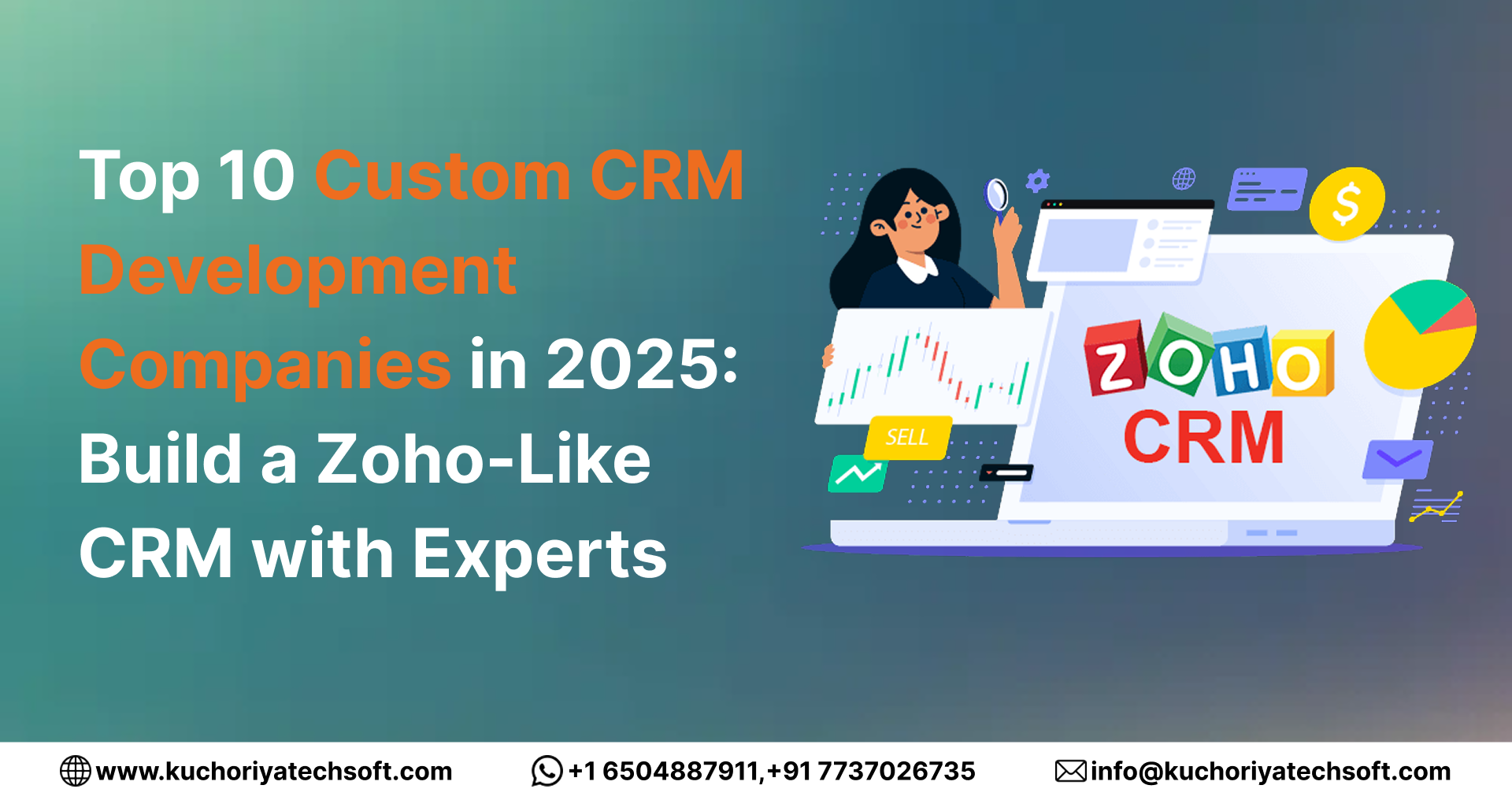The Ultimate Guide to Implementing Laboratory Information Management Systems in the USA
Laboratory Information Management Systems (LIMS) are critical for modernizing laboratory operations and increasing efficiency. The adoption of LIMS in the United States is accelerating, owing to the need for better data management, regulatory compliance, and laboratory technology advancement. This guide gives a detailed overview of LIMS, including its definition, top solutions, development processes, key features, and more.
LIMS are software solutions that help laboratories manage their operations, such as sample tracking, data collection, and reporting. LIMS implementation entails integrating the software into the laboratory's workflow in order to streamline processes, improve data accuracy, and ensure regulatory compliance. Pharmaceuticals, biotechnology, environmental science, and clinical research are some of the industries that benefit from LIMS solutions.
1. LabWare LIMS
2. STARLIMS
3. Thermo Fisher SampleManager LIMS
4. LabVantage LIMS
5. LabWare ELN
Ideation: Defining Uniqueness and Audience
Identify your laboratory's specific requirements and the target audience for the LIMS. Understanding the specific requirements, such as sample volume, data complexity, and regulatory compliance, allows you to tailor the LIMS solution accordingly.
Market Research: Insightful Analysis for Strategic Positioning
Conduct extensive market research to learn about current trends, customer preferences, and competitor offerings in the LIMS space. This analysis will assist you in strategically positioning your LIMS solution to meet market demands.
Design: Crafting an Intuitive User Interface
Create an intuitive and user-friendly interface to simplify laboratory operations. Prioritize usability, accessibility, and responsiveness to ensure that lab personnel can easily navigate and use the system.
Development: Bringing Ideas to Life with Agility
Create the LIMS using agile methodologies to ensure flexibility and iterative improvement. Work with stakeholders throughout the development process to incorporate feedback and improve the system.
Testing: Ensuring Seamless Functionality Across Platforms
Conduct rigorous testing to ensure that the LIMS works seamlessly across multiple platforms and devices. Testing should include functionality, performance, security, and user experience to identify and resolve any issues before deployment.
Deployment: Introducing the App to the World
Deploy the LIMS in the laboratory, ensuring that all required infrastructure and support systems are in place. Provide comprehensive training and resources to lab personnel to ensure a smooth adoption and transition.
1. Sample Tracking and Management
Efficiently track and manage samples from collection to disposal, ensuring accurate identification and lowering the risk of error.
2. Data Integration and Management
Integrate data from various laboratory instruments and systems to create a centralized data repository, which improves data accessibility and integrity.
3. Workflow Automation
Automate routine laboratory tasks like sample processing, data entry, and reporting to increase efficiency and reduce human error.
4. Compliance and Reporting
Ensure compliance with regulatory standards by providing comprehensive reporting and audit trails. Generate customizable reports to meet specific regulatory requirements.
5. Inventory Management
Manage laboratory inventory, including reagents, consumables, and equipment, to ensure optimal stock levels and prevent shortages.
6. User Access Control
Implement robust user access controls to protect sensitive data and ensure only authorized personnel can access specific information and functions.
7. Mobile Access
Provide mobile access to the LIMS, enabling laboratory staff to enter and retrieve data remotely, enhancing flexibility and responsiveness.
Front-End:
HTML, CSS, JavaScript, React
Create an interactive and responsive user interface using HTML for structure, CSS for styling, and JavaScript/React for dynamic content and user interactions.
Back-End:
Node.js, Express.js, Python
Develop the server-side logic with Node.js and Express.js for scalable applications, and Python for advanced data processing and integration capabilities.
Database:
PostgreSQL, MongoDB
Utilize PostgreSQL for structured data and complex queries, and MongoDB for handling large volumes of unstructured data.
Real-Time Communication:
WebSockets
Enable real-time communication features such as live data updates and notifications with WebSockets.
Security:
SSL/TLS, OAuth
Implement robust security measures with SSL/TLS for data encryption and OAuth for secure user authentication and authorization.
Feature Set Complexity
The cost of implementing LIMS varies depending on the number and complexity of features included in the system. Advanced features like AI-powered analytics and IoT integrations will raise the development costs.
Design and User Experience (UX)
Investing in high-quality design and UX will increase user satisfaction while potentially increasing upfront costs. Prioritizing intuitive design can result in long-term savings by lowering training and support requirements.
Back-End Development Complexity
Complex back-end functionalities, such as real-time data processing and integration with external systems, can increase development costs.
Front-End Development
A sophisticated front-end with a responsive and engaging interface requires more development time and resources, which increases the overall cost.
Geographical Location of the Development Team
The development team's location can have a significant impact on costs. Development rates differ across the globe, with teams in North America and Europe typically charging more than those in Asia or Eastern Europe.
Choosing the right LIMS development company is critical to the success of your project. Consider the factors listed below:
- Experience and Expertise: Look for companies that have a proven track record of developing LIMS solutions and extensive industry knowledge.
- Customization Capabilities: Make sure the company can tailor the LIMS to your specific needs and requirements.
- Technological Proficiency: The company should be knowledgeable about the most recent technologies and development practices.
- Choose a company that provides comprehensive post-deployment support and maintenance.
- Client Reviews and References: Check client reviews and request references to determine the company's dependability and service quality.
Kuchoriya TechSoft distinguishes itself as a leading provider of LIMS solutions for several reasons.
- Innovative Solutions: We use cutting-edge technology to create advanced LIMS solutions that meet the changing needs of the laboratory market.
- Our team of experienced developers, designers, and industry experts is dedicated to providing high-quality solutions.
- Client-Centric Approach: We prioritizeclient'sents' needs and collaborate closely with them to ensure our solutions meet their objectives and expectations.
- Comprehensive Services: From concept to deployment and beyond, we provide end-to-end development services to ensure a smooth process.
- Proven Track Record: We have established ourselves as a reliable industry partner after completing numerous successful projects.
Implementing Laboratory Information Management Systems (LIMS) is critical for modern laboratories that want to increase efficiency, accuracy, and compliance. In the United States, the need for better data management and regulatory compliance drives the adoption of LIMS. Understanding the development process, key features, and technology stack is critical to a successful LIMS implementation. Selecting the right development partner, such as Kuchoriya TechSoft, ensures that your LIMS project meets your laboratory's specific requirements and provides long-term benefits.
Joining the Kuchoriya TechSoft Referral Partner program provides an excellent opportunity to be a part of a leading technology solutions provider while earning attractive commissions. By referring businesses to Kuchoriya TechSoft, you can provide them with cutting-edge LIMS solutions that transform their operations and increase efficiency. Here are some major advantages of becoming a referral partner with us:
- Competitive Commissions: Earn large referral commissions for each successful client referral.
- Expand Your Network: Make contact with industry leaders and professionals in the laboratory and technology sectors.
- Support and Resources: Receive marketing materials, training, and dedicated support to help you succeed as a referral partner.
- Contribution to Innovation: Help advance laboratory technology by promoting innovative solutions.
To join our referral program, visit our Referral Partner Registration Page. Start leveraging your network and expertise to drive growth and innovation in the laboratory management industry with Kuchoriya TechSoft.
Question: What is a Laboratory Information Management System (LIMS)?
Ans.: Laboratory Information Management System (LIMS) is a software solution designed to help laboratories manage their operations, including sample tracking, data collection, and reporting.
Question: How can a LIMS benefit my laboratory?
Ans.: LIMS can enhance operational efficiency, improve data accuracy, ensure regulatory compliance, and provide valuable insights through comprehensive reporting and analytics.
Question: What features should I look for in a LIMS?
Ans.: Key features to look for include sample tracking, data integration, workflow automation, compliance reporting, inventory management, user access control, and mobile access.
Question: How much does it cost to develop a LIMS?
Ans.: The cost of developing a LIMS depends on factors such as feature set complexity, design and user experience, back-end development complexity, front-end development, and the geographical location of the development team.
Question: Why should I choose Kuchoriya TechSoft for LIMS development?
Ans.: Kuchoriya TechSoft offers innovative solutions, an expert team, a client-centric approach, comprehensive services, and a proven track record, making us the ideal partner for your LIMS development needs.
For more information, click here: www.kuchoriyatechsoft.com/request-quote
HIRE A TOP SOFTWARE DEVELOPMENT COMPANY
We are all over the world
United State
9765 keystone court, Clarence, NY 14031 , USA, +1 (650) 488-7911
Canada
1100 Caven St., Suite PH11, Mississauga, ON L5G 4N3 Canada , +1 (416) 726-4662, +1 (650) 488-7911
Brazil
Bispo César da Corso Filho, 1266, San Carlos, São Paulo, Boa Vista, Brazil, 13575-331
South Africa
12 IbisWay, Sunnydale Fish Hoek 7985 Western Cape, South Africa, +27824507091
Spain
The Fir Tree 119 El Olmillo Residential Area Loranca de Tajuña 19141 Guadalajara, Spain
UAE
Building A2 DDP - Dubai Silicon Oasis - Dubai - United Arab Emirates
Italy
Viale dell'Esperanto, 71, Formia, Italy, Lazio IT
Singapore
01-08 50 Ubi Cres, Ubi TechPark, Singapore, 408568
Hong Kong
Tower 2, Silvercord, Rm 907, 9F, 30 Canton Rd, Tsim Sha Tsui, Hong Kong
Australia
Unit 14G, 3 darling point road, darling point, Sydney, NSW, Australia, 2027
India
C-15, 1st floor, Mahalaxmi Marg, Behind World Trade Park, Malviya Nagar, Jaipur, Rajasthan - 302017













